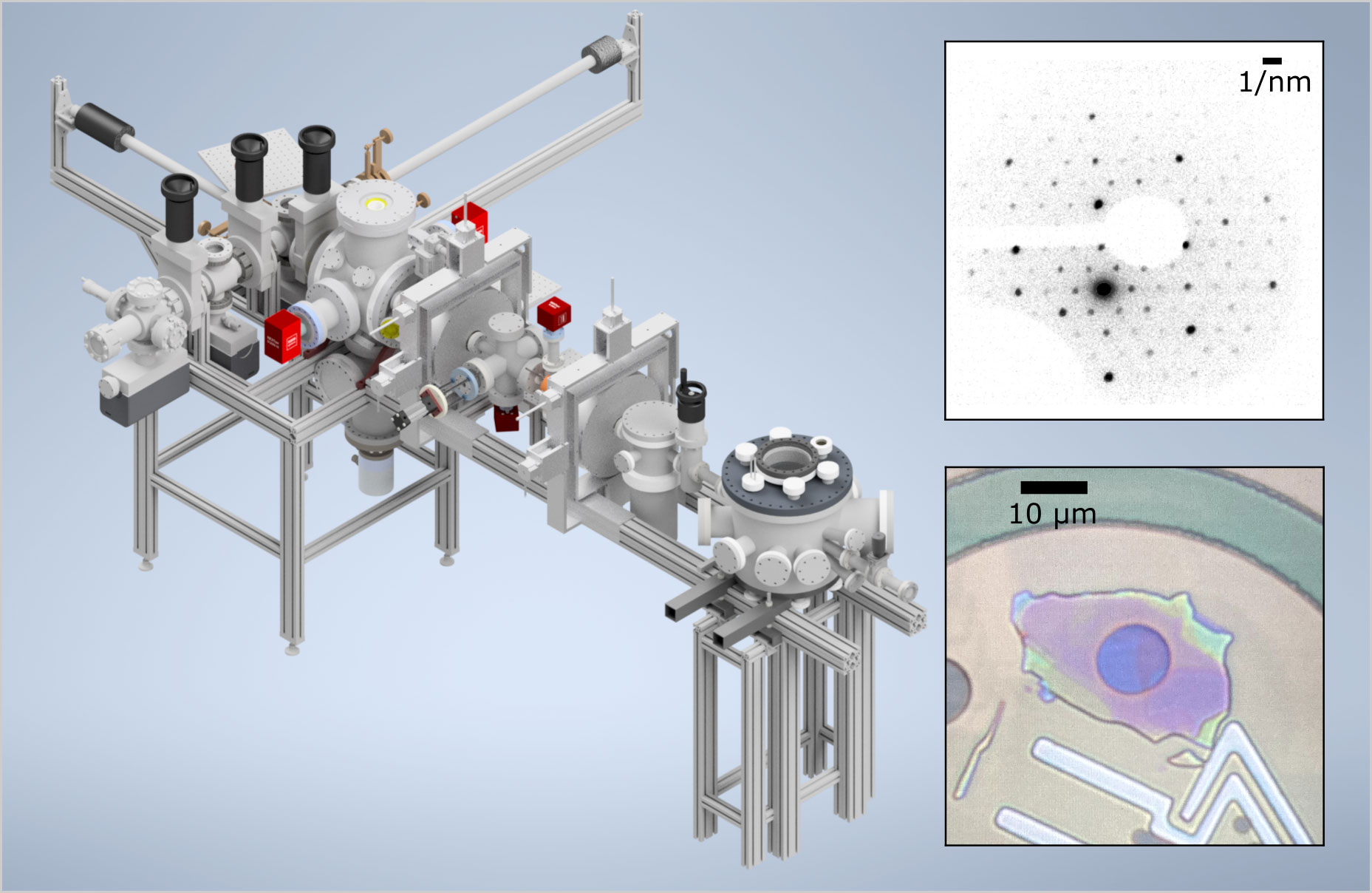
Using a Gas Jet to Bring Cosmic X-Ray Bursts into the Laboratory
A unique study of a key reaction in X-ray burst nucleosynthesis bolsters the theoretical models used to calculate reaction rates.

A unique study of a key reaction in X-ray burst nucleosynthesis bolsters the theoretical models used to calculate reaction rates.

A tungsten carbide catalyst can produce a hydrocarbon from carbon dioxide at high rates and high efficiency.

Ultrafast X-ray studies reveal the existence of Superionic Ice XIX, which could explain the unusual magnetic fields of icy giant planets.

Scientists freeze and cut a battery in half to look inside and reveal why it fails.

Understanding defects paves the way for longer lifetimes for sodium-ion batteries -- and lower energy storage costs.

Bright electron beams unlock the study of small, thin materials on ultrafast timescales.

Scientists illuminate the quantum dynamics of electrons in highly excited molecules.

Package provides end-to-end analysis of microscopy images for accelerated materials research.

Nuclear theorists study muon capture on deuteron to understand proton-proton fusion and the hydrogen burning phases of stars.

Researchers advance the use of cerium/lanthanum-134 for medical scans in actinium-225 cancer therapy.

By collecting the locations of 1,000-plus chloroplast-associated proteins, the atlas offers insights into protein functions and chloroplast organization.

MemHC improves the efficiency of complex supercomputer physics calculations by optimizing memory management.